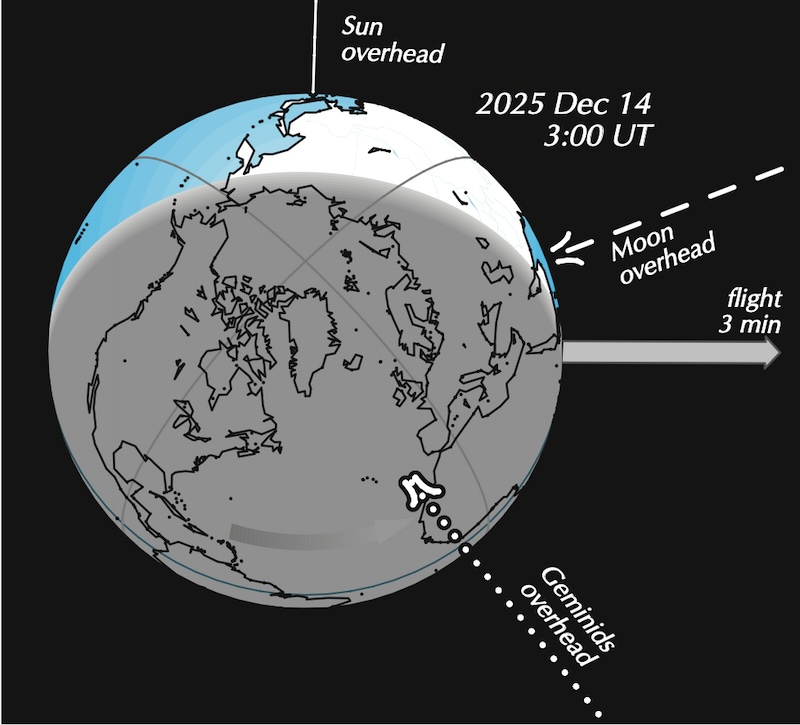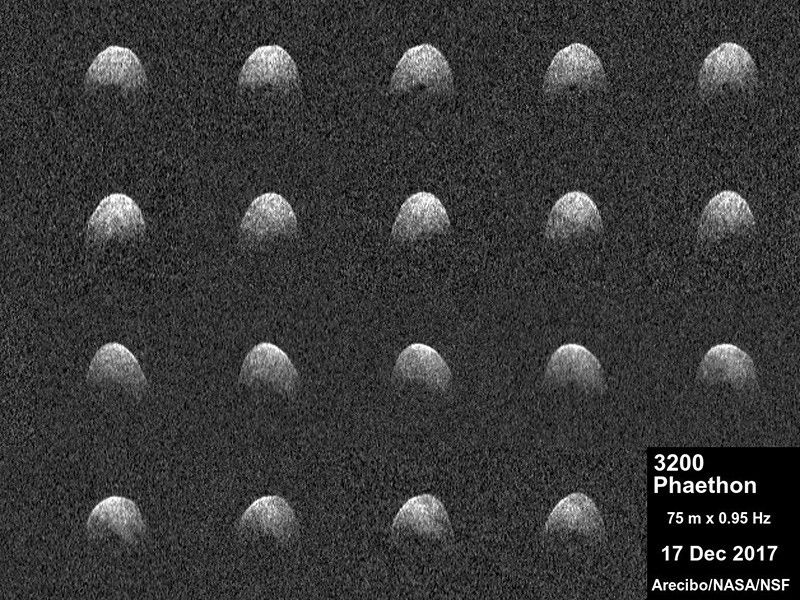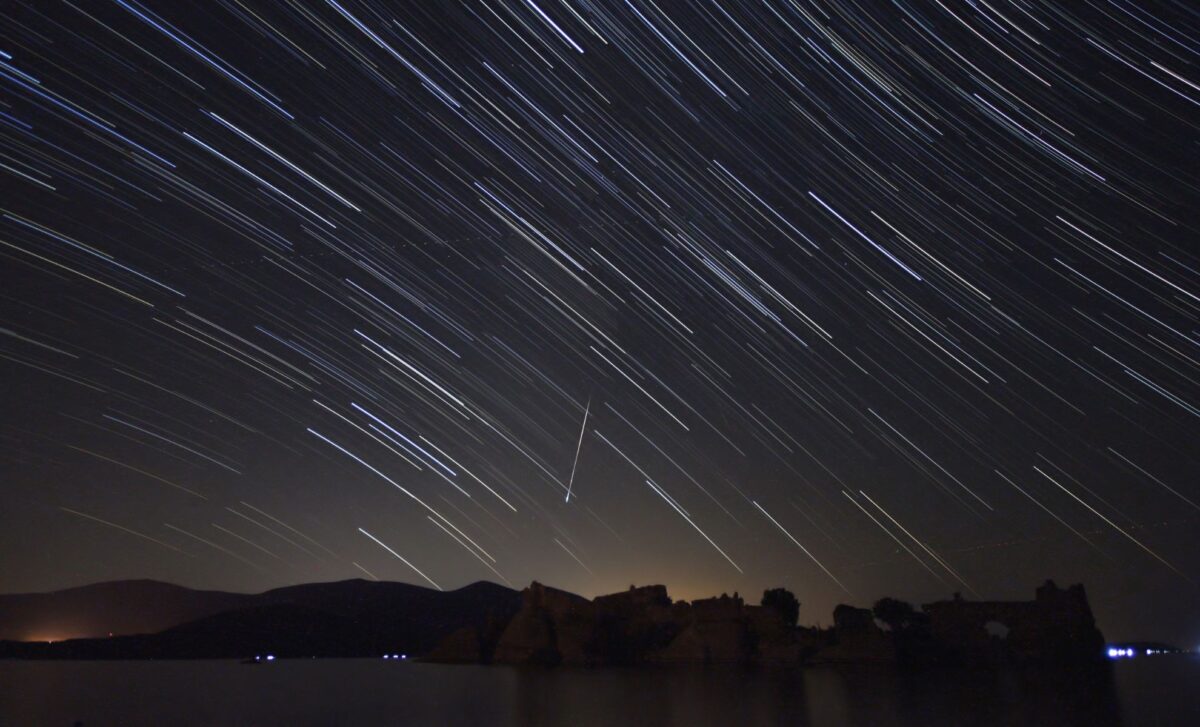The Geminids meteor shower is back, offering skywatchers one of the best opportunities of the year to catch a glimpse of bright, fast-moving meteors. Peaking on December 13-14, this annual event promises a spectacular show with minimal interference from the moon. Whether you’re a seasoned astronomer or a first-time observer, the Geminids are sure to deliver an unforgettable celestial experience.
Unlike most meteor showers that originate from comets, the Geminid meteor shower is linked to 3200 Phaethon, an asteroid with a strange, comet-like orbit. This year’s event promises excellent visibility, thanks to a waning crescent moon that will not overpower the meteors.
When and Where to See the Geminids
The Geminid meteor shower will peak overnight on December 13-14, but activity begins earlier, from December 4 to December 20. According to NASA, the best viewing conditions are in the Northern Hemisphere, where the Gemini constellation is visible high in the sky. While the meteors appear to radiate from Gemini, you don’t need to look directly at the constellation to see them, meteors will streak across all parts of the sky.
The best time to watch the meteors is after midnight, when the radiant point rises in the east. To maximize your chances of seeing meteors, it’s important to find a dark, rural location, away from artificial lights. No special equipment is needed.
 The 2025 Geminid Meteor Shower, as Viewed from Earth. Credit: Guy Ottewell’s 2025 Astronomical Calendar
The 2025 Geminid Meteor Shower, as Viewed from Earth. Credit: Guy Ottewell’s 2025 Astronomical Calendar
What Makes the Geminids Different?
What sets the Geminid meteor shower apart from other meteor events is its origin. Most meteor showers are caused by debris left behind by comets, but the Geminids come from 3200 Phaethon, a mysterious asteroid that behaves like a comet. Phaethon’s orbit brings it close to the Sun, where it sheds dust and particles. These remnants then trail behind the asteroid, creating the meteor shower when Earth intersects with the debris stream.
This unusual source explains why the Geminid shower is so unique. Unlike the typical comet dust that creates brief, faint meteors, Geminid meteors are often bright and fast-moving, with some leaving long, colorful streaks across the sky. As noted by the space agency, the debris stream is growing denser over time, meaning more meteors are visible each year.
 Captured Radar Images of the Near-Earth Asteroid 3200 Phaethon. Credit: Arecibo Observatory/NASA/NSF
Captured Radar Images of the Near-Earth Asteroid 3200 Phaethon. Credit: Arecibo Observatory/NASA/NSF
How to Capture the Geminid Meteor Shower
If you’re planning to watch the Geminid meteor shower, experts recommend finding a dark spot away from city lights to avoid light pollution. NASA also advises giving your eyes at least 30 minutes to adjust to the darkness, allowing you to spot even the faintest meteors. For photography enthusiasts, wide-angle lenses and long exposures work best to capture the meteor trails.
To enhance your viewing experience, try to avoid using bright lights—instead, opt for a red light to preserve your night vision. The Geminid shower offers an excellent opportunity to photograph the meteors without the interference of moonlight, thanks to the waning crescent moon this year.
The Geminid meteor shower is an eagerly awaited event for skywatchers worldwide. With bright meteors, minimal moonlight interference, and a relatively predictable pattern, the Geminids continue to be one of the most reliable and spectacular celestial phenomena. Whether you’re watching from your backyard or out in the wilderness,

